Into the Abyss: A Journey Through Dark Photography
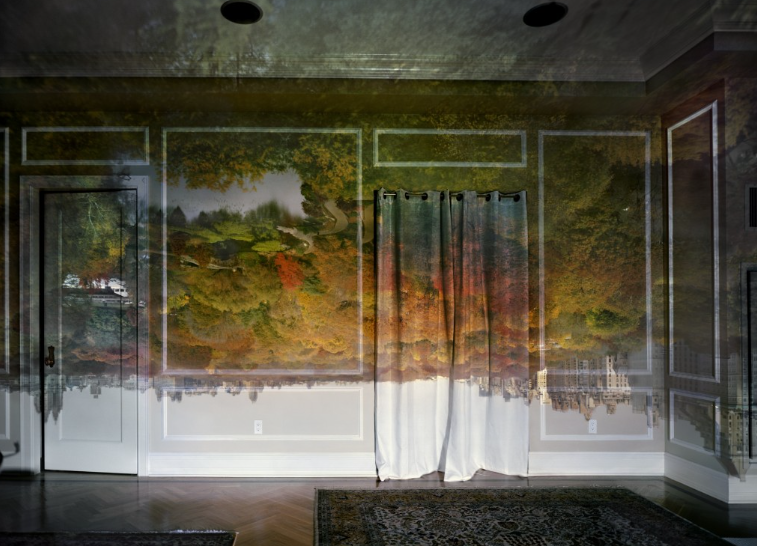
The roots of photography, strange as it may seem, go back, in the West, to the time of the Greeks. Already then the foundations of the camera obscura were known, although the theory on vision in force at the time, postulated by Aristotle and Euclid, did not allow a correct understanding of it. According to this theory, the eyes projected luminous rays directed towards objects and not vice versa. In the 10th century, an Arab scholar named Alhacen wrote the first treatise on optics, which disproved this theory and included a precise description of the functioning of the camera obscura.
In ancient times they discovered that if in a dark room (hence the camera) light was allowed to pass through a small hole, it formed an image on a flat surface, identical to the image on the outside of the camera, only inverted. In fact, triple inverted: the top, bottom; the right, to the left, and the front, back. Like a mirror (where the depth is reversed), but rotated 180º. For this reason, since the camera obscura produced a mirror image of reality, painters from the 15th century who used this invention to reproduce images with unprecedented realism, included a mirror inside the box that, inverting the image once once more, he put it back to the right; This same mirror is still necessary in today’s SLR cameras, although it has more functions (in fact, instead of one mirror, they have three).
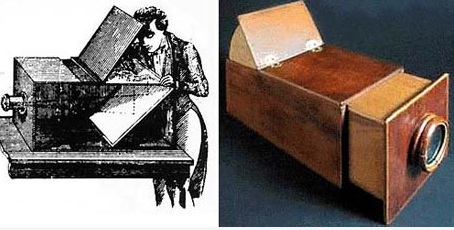
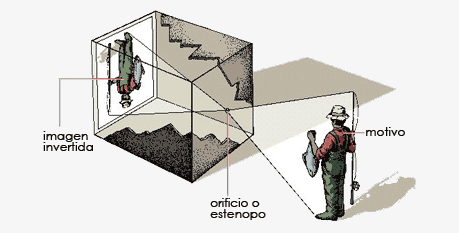
The principle by which it is possible to form an image in this way, completely dispensing with any lens, is quite intuitive. It is enough to understand that light travels in a straight line (in fact, Euclid mentioned the camera obscura as a demonstration of this phenomenon). But, for the same reason, it is easy to understand that the resulting images are not always as sharp as they should be. If the hole (pinhole) is too large, the light scatters in all directions and forms a blurred image in the projection plane, if it is too small, distortions due to diffraction occur. All this is solved through the use of converging lenses, which also allow the opening of the box to be enlarged to create brighter images. It is the germ of photographic objectives, but that is another story.
The use of the camera obscura was a great impulse to devise the way to produce permanent and automatic images, it can be considered as what provided the bases of what is known today as photography.
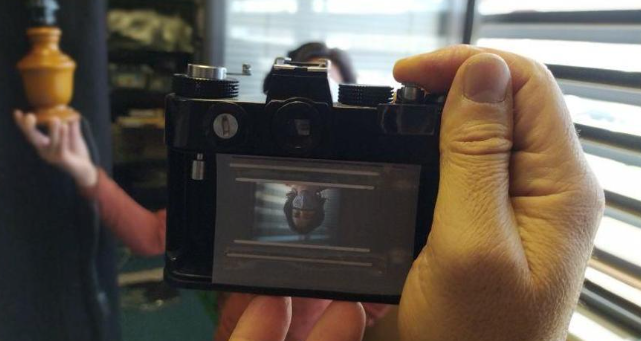
Let’s see the next practice and the function of the camera obscura!
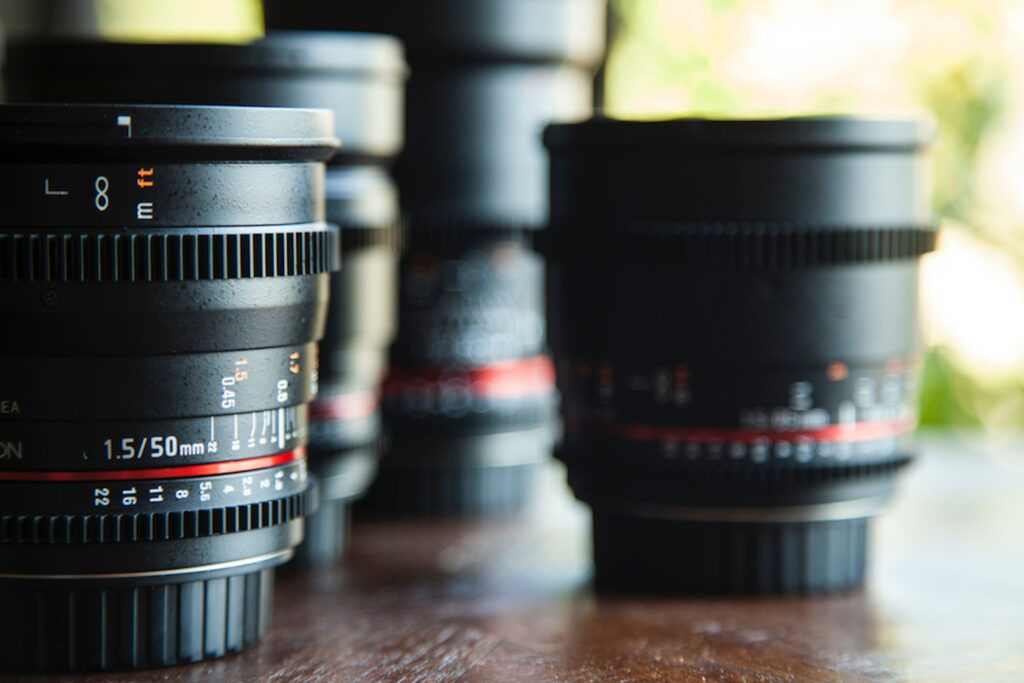
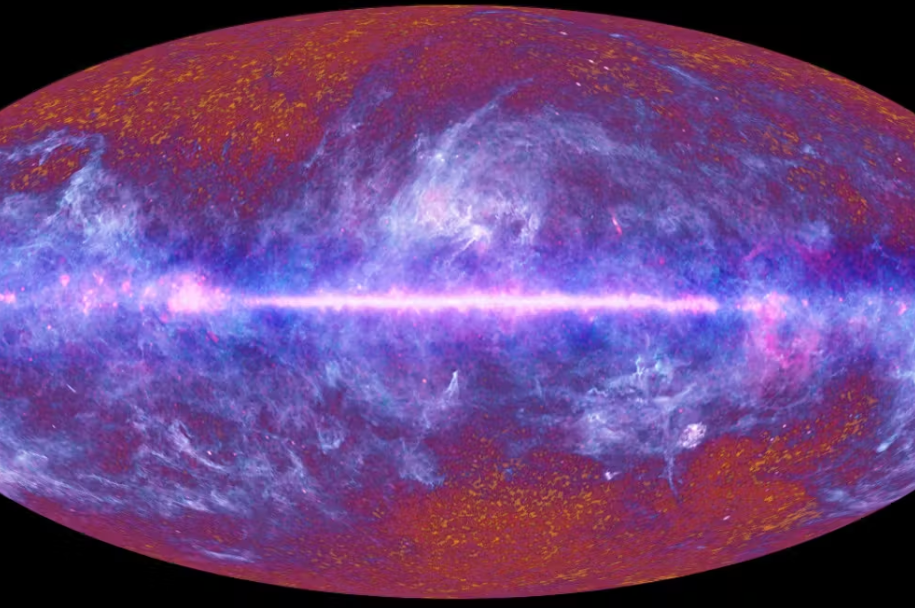



Responses